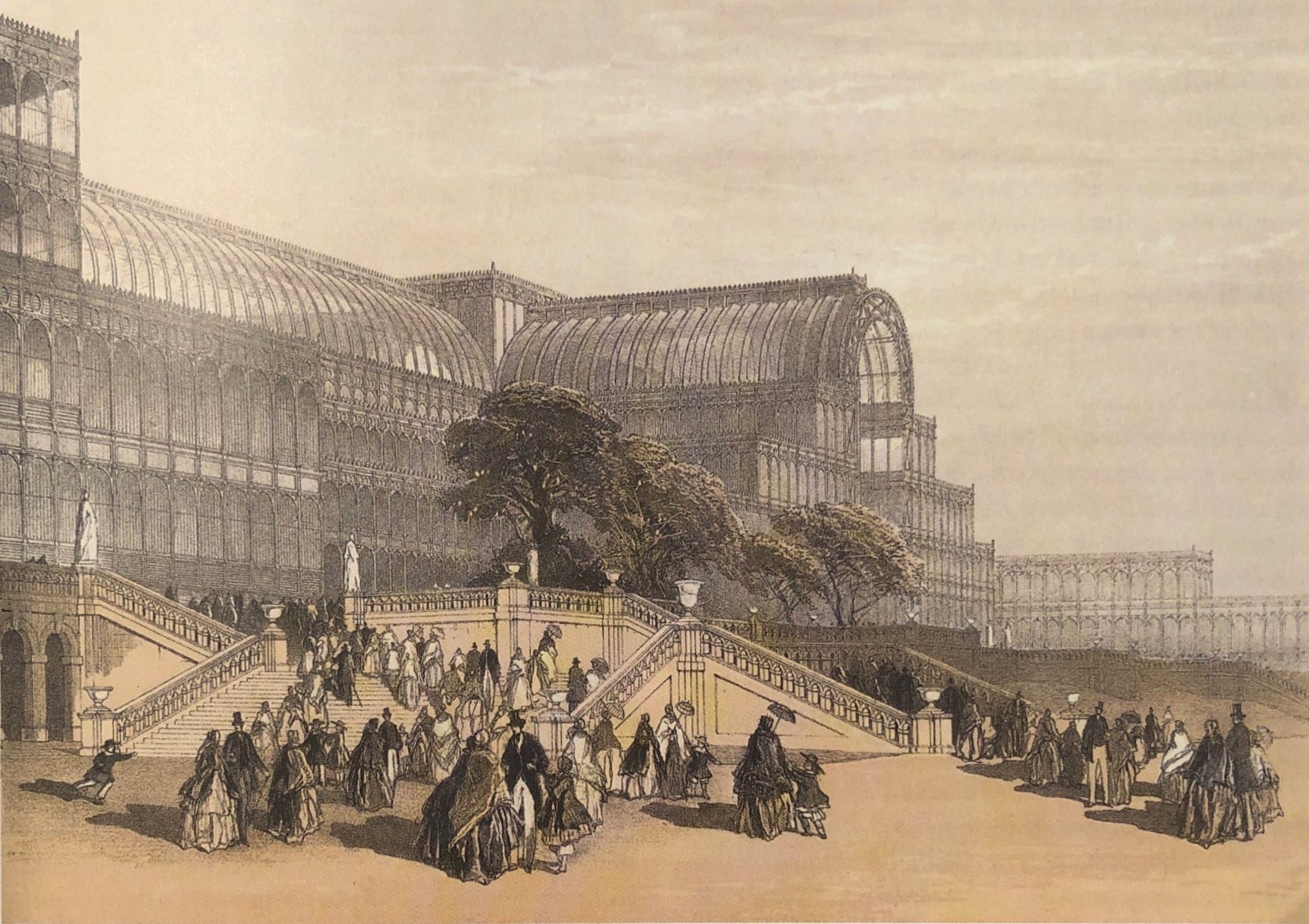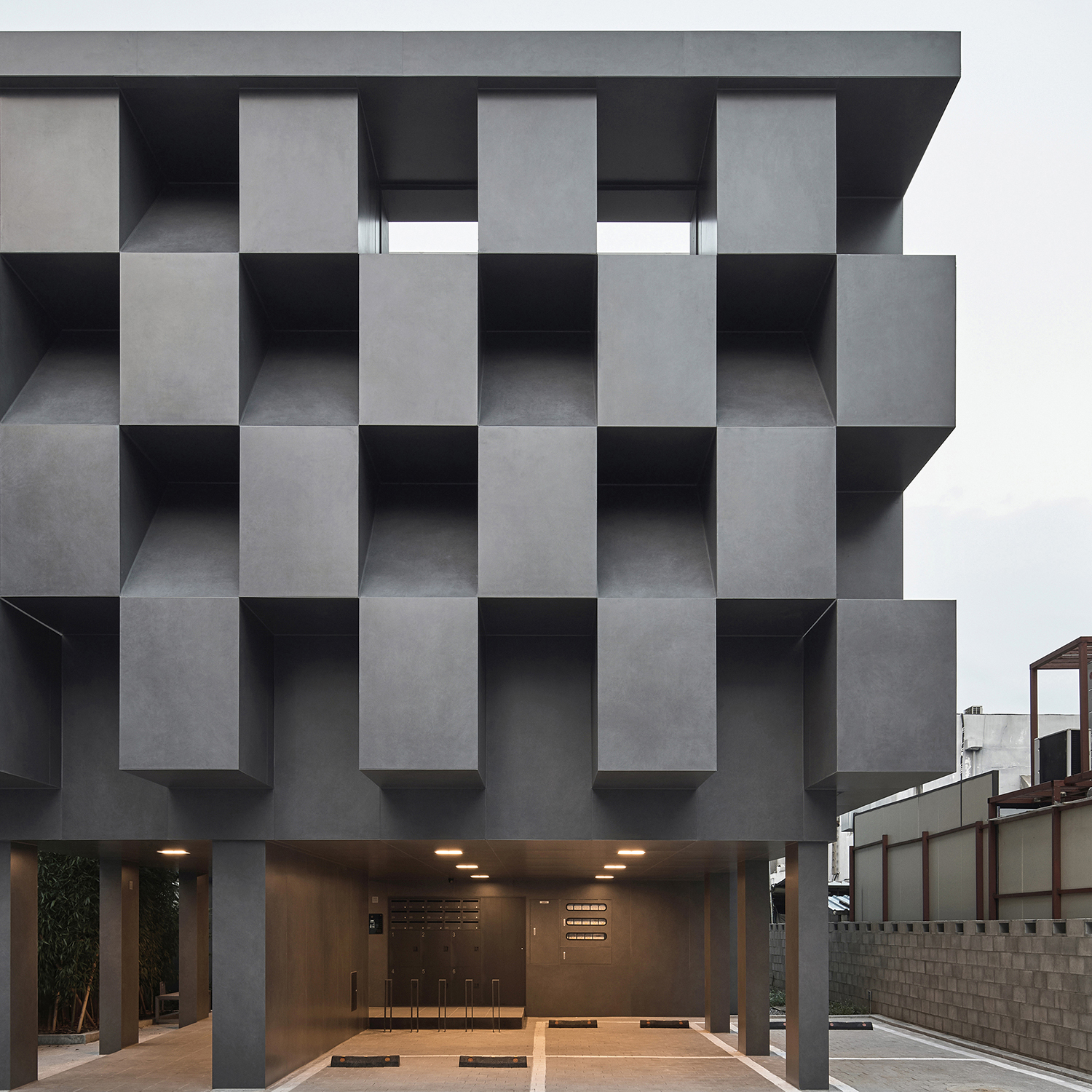Call for entries: The 14th Architizer A+Awards celebrates architecture's new era of craft. Apply for publication online and in print by submitting your projects before the Main Entry Deadline on December 12th!
Prefabrication is not new to the 21st century; however, while the term may have been born during the Industrial Revolution, the technique only just reached maturity as a holistic process of design, manufacture and construction. We now speak of prefabrication with terms such as efficiency, low-cost and sustainability, but it took a long way to get to where we are today.
The First Phase of Prefab Architecture
Steel and concrete are now two of the most common construction materials on the planet, yet they are relatively recent inventions. Both began to be mass-produced and employed for structural purposes during the technological boom of the First and Second Industrial Revolutions. Since both materials rely on casting, the production of both concrete and steel structures inevitably involves off-site manufacture — prefabrication. Building manufacturing made its first step into mechanization with standardized and prefabricated structural components.

Drawing of the re-sited Crystal Palace in Sydenham, London, 1854. Image via Crystal Palace: Palace of the People by Graham Reeve
One example of early large-scale prefabricated structures is the Crystal Palace (built in 1851). Primarily located in Hyde Park, London was the site of the Great Exhibition of the Works of Industry of All Nations, and the massive glass and iron structure not only housed the event, but also demonstrated the potential of industry that it celebrated. As a typical prefabricated structure, cast-iron components and glass panels were brought to the site and assembled within six months.
The prefabricated nature of the building later allowed it to be dismantled, transported and rebuilt in the Crystal Palace Park in south London after the exhibition. The Crystal Palace showcases the fundamental features of prefab architecture including: off-site production of most structural components, swift on-site assembling and easy transportation throughout the building’s life cycle.

Exterior of the Centre Pompidou. Image via centrepompidou.fr.
Yet, at this early stage, prefabrication was a technology that helped to break the limits of on-site construction, more so than a methodology or a style (as some would consider it today). For example, famous public projects such as Sydney Opera House and Centre Georges Pompidou both employed a significant percentage of prefabricated components, but they are classified as Expressionist and High-tech architecture instead of Prefab design.
Prefab Architecture Before the 21st Century
Even in the decades leading up to the 21st century, before digital modelling was popularized and when digital manufacturing was only just emerging, prefabrication processes still had plenty of room for improvement. Failure to make perfectly-matching components could further result in extra costs for reworking faulty components and corresponding transportation, especially when working with complicated forms. Under such circumstances, on-site casting was more time-efficient as mistakes could be amended during the construction process.
Nonetheless, prefab architecture was the main contributing factor in solving post-war housing shortages in cities like London, where damages were severe and resources were scarce. Prefabricated structures were the perfect solution to low budget and repetitive structures. Even after the post-war recovery period, prefabrication continued in its developmental stage, evolving as throughout the final decades of the 20th century.
Contemporary Prefab Architecture
Marching into the digital and information age, the refinement and generalization of digital design and manufacturing elevated the concept prefabrication beyond its previous status as a building realization technique. Instead, it started to become a stand-alone methodology for design. Compounded with the development of systems like BIM (Building Information Modelling) — which support better data and information synchronization between each phase of a building’s life cycle — the time and cost efficiencies of prefabrication buildings have recently been elevated to an unprecedented level.
Common prefabricated structures used in contemporary architecture can be roughly divided into three categories based on the major structural material: prefabricated concrete, prefabricated steel and prefabricated timber system. Of the three, a prefabricated steel system is the easiest way to meet the structural expectations due to the mechanical nature of the material. Meanwhile, concrete systems usually require on-site casting at the connections between precast components, resulting in possible losses of structural stability.
Prefabricated concrete systems are usually reinforced by steel. A precast concrete frame system can be used for low-rise buildings, while a hybrid of precast frames and precast structural walls are better for a mid-rise or structures that require better structural performance. For most occasions, on-site casting is still an easier way to get the most out of concrete as a structural material, since joints between components might need additional reinforcement while structures cast into one consistent part on-site do not. Because of the high standard of joints required by prefabricated concrete systems, the structural performance of these systems therefore heavily rely on manufacturing and construction quality.

Interior of the prefabricated timber building Tamedia Office Building by Shigeru Ban Architects, Zürich, Switzerland.
In comparison, prefabricated steel frame structures have a greater tolerance for joints and steel components that are mostly recyclable. However, the heat required for steel production and reproduction is still mostly supported by burning fossil fuel, resulting in the large carbon footprint of steel as a material. Naturally grown materials such as timber, by contrast, can be low-carbon and renewable (only in regions where structural timber is a rich local resource).

Façade of Hadaewon Housing by KKKL / Kim Kiwon & Kelly Lwu.

Construction photo of Hadaewon Housing.
Aside from structural components, prefabrication can also work smoothly with modular designs where ready-to-use units are made off-site and stacked onto one another on-site. This allows even faster construction processes, which is an ideal approach to design ambitions on tight sites or sites with strict requirements of controlling impacts of the construction. For example, on a tight site with intimate residential contexts like that of the A+ Award-winning Hadaewon Housing, prefabricated modules allowed for a swift, quiet and clean construction process.
After decades of technological development, we are now well equipped to continue exploring the potential of prefabricated architecture and to start considering it as a standard way to reduce the environmental impacts of our designs — the possibilities only continue expanding!
Do you have a project that is on the cutting edge of innovative building technologies? Consider entering one of the exciting Plus categories — Architecture +Experimental Design, Architecture +Prefab and Architecture +New Technology — in Architizer’s 10th Annual A+Awards.




